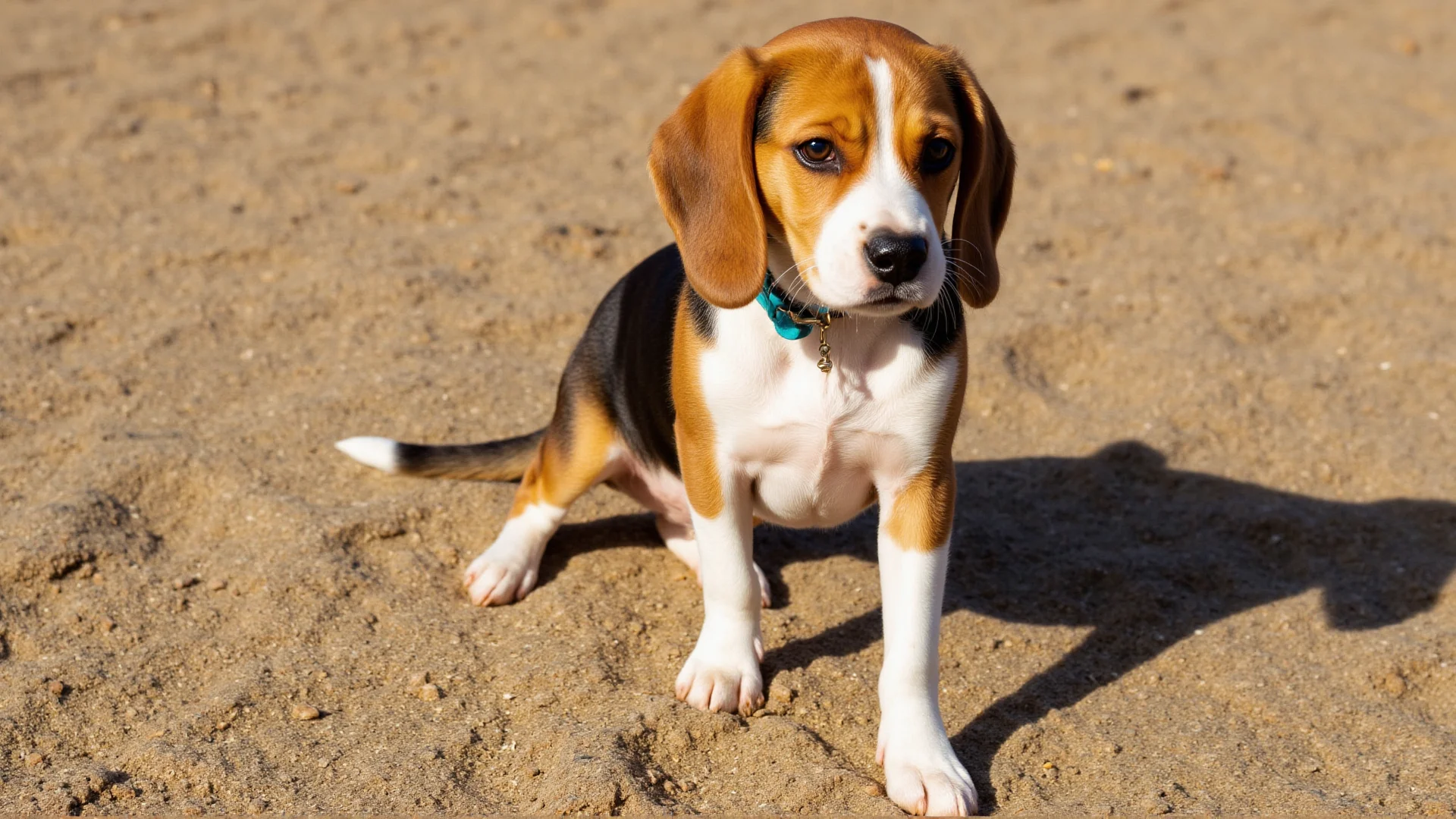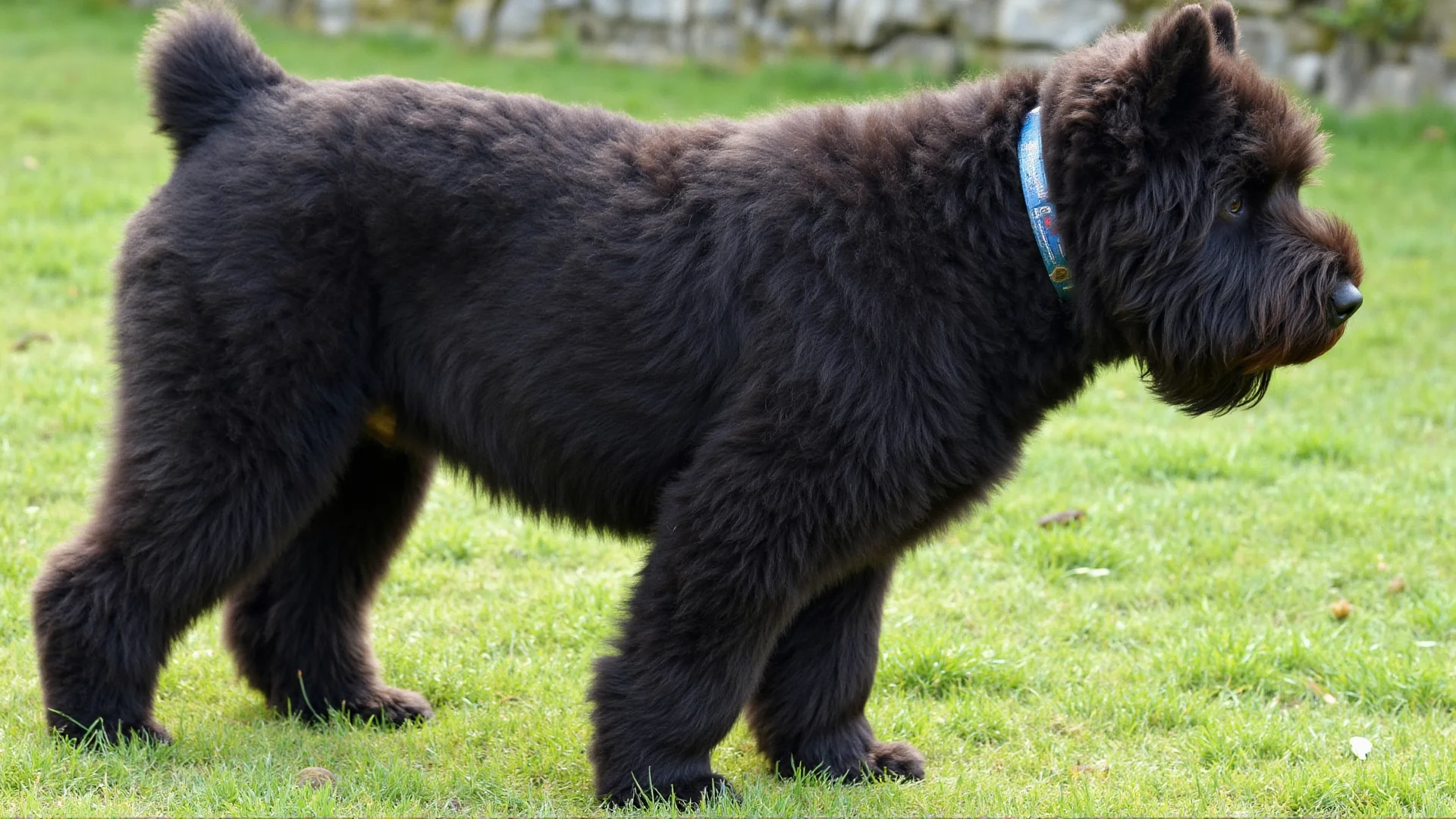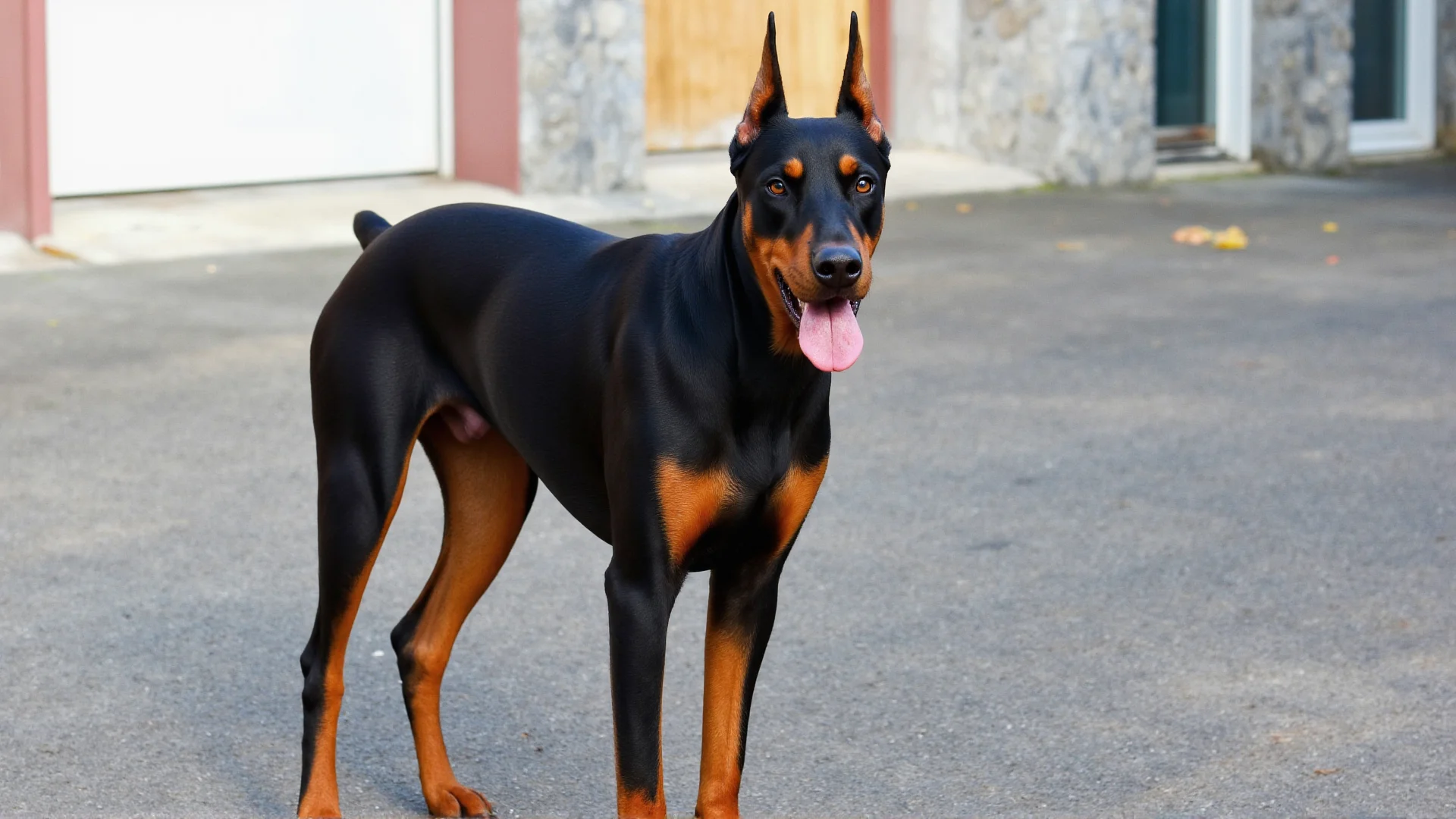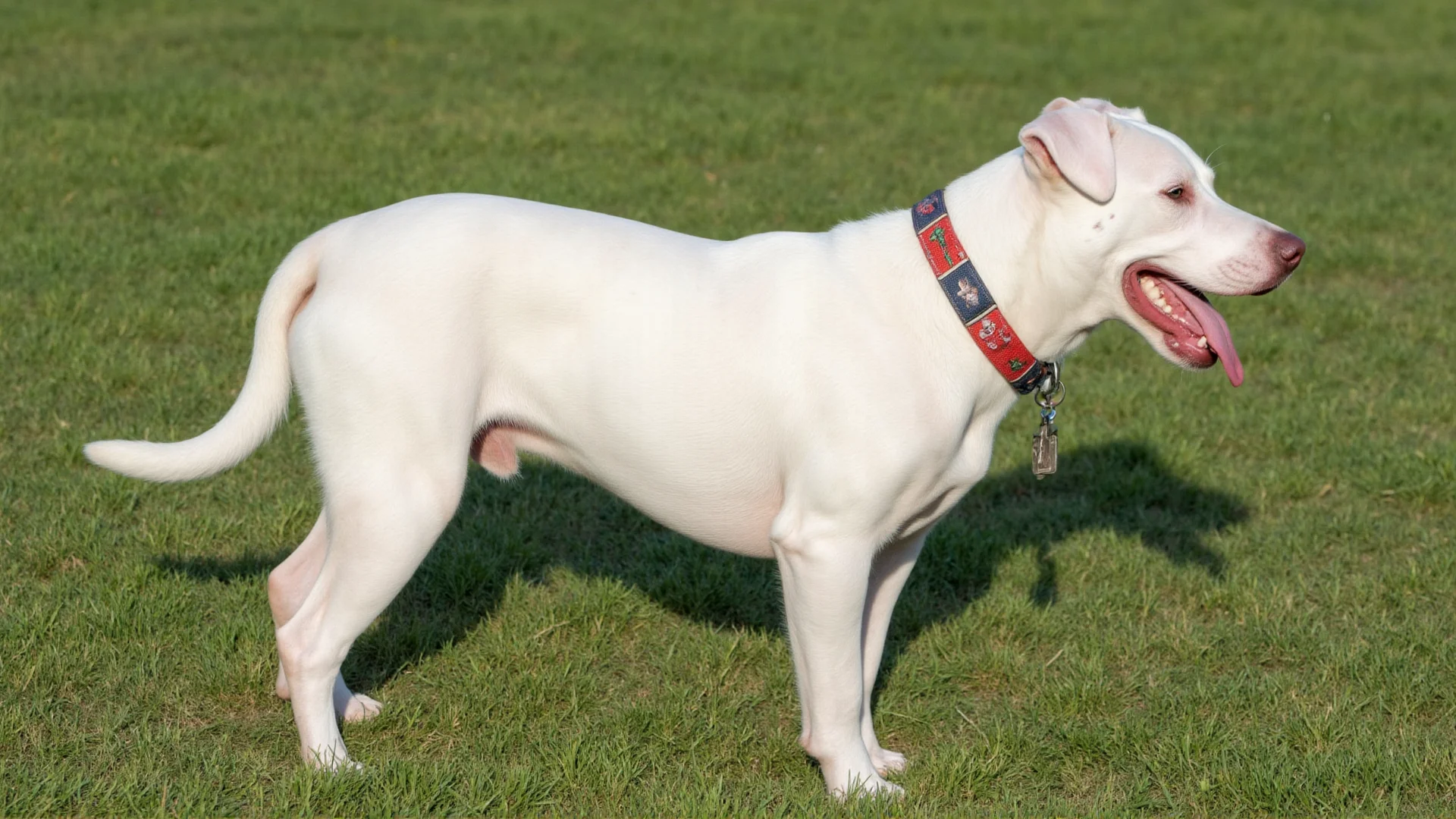Understanding Your Beagle's Energy Levels: A Complete Guide to Keeping Your Hound Happy and Healthy
If you've ever owned a Beagle, you know that these compact hounds pack an incredible amount of energy into their medium-sized frames. Originally bred as hunting dogs to track hare and rabbit, Beagles possess an innate drive and stamina that requires proper outlets to prevent destructive behaviors and ensure their overall well-being.
The Science Behind Beagle Energy
Beagles were developed in England during the 1830s specifically for hunting purposes. Their breeding history explains their high energy levels – these dogs were designed to work tirelessly for hours, following scent trails across varied terrain. This genetic programming doesn't simply disappear when they become family pets.
Adult Beagles typically require 60-90 minutes of exercise daily, while puppies and young adults may need even more. Their energy levels remain consistently high throughout their lives, only beginning to moderate around 7-8 years of age.
Physical Exercise Requirements
Daily Walking Routine
A minimum of two 30-minute walks daily forms the foundation of your Beagle's exercise regimen. However, leisurely strolls won't suffice – Beagles need brisk walks that engage their cardiovascular system and allow them to explore their environment through scent work.
High-Energy Activities
- Running and Jogging: Beagles make excellent running companions for distances up to 5 miles, once properly conditioned
- Hiking: Their natural tracking instincts make them perfect hiking partners, though always keep them leashed due to their tendency to follow scents
- Fetch Games: High-intensity games of fetch help burn energy quickly and strengthen the human-dog bond
- Agility Training: This combines physical exercise with mental stimulation, perfect for intelligent Beagles
Mental Stimulation: The Key to a Balanced Beagle
Physical exercise alone isn't enough for Beagles. Their intelligence and problem-solving abilities require mental challenges to prevent boredom-related behaviors like excessive barking, digging, or destructive chewing.
Scent Work and Tracking Games
Capitalize on your Beagle's incredible nose by creating scent-based activities:
- Hide treats around the house or yard for them to find
- Use puzzle feeders that require problem-solving to access food
- Practice basic tracking exercises in your backyard
- Consider enrolling in formal scent work classes
Interactive Toys and Puzzles
Invest in toys that challenge your Beagle's mind:
- Kong toys stuffed with treats or frozen food
- Puzzle boards with sliding pieces
- Snuffle mats that encourage natural foraging behaviors
- Rotating toy selection to maintain novelty and interest
Age-Specific Energy Management
Puppies (8 weeks - 6 months)
Beagle puppies have energy in short, intense bursts followed by long naps. Focus on:
- Short, frequent play sessions (15-20 minutes)
- Basic obedience training incorporated into play
- Socialization activities that provide mental stimulation
- Avoiding over-exercise that could damage developing joints
Adolescents (6 months - 2 years)
This is typically when Beagle energy peaks. They require:
- Maximum daily exercise (90+ minutes)
- Structured training sessions to channel energy positively
- Consistent routines to prevent anxiety-driven hyperactivity
- Plenty of mental challenges to match their developing intelligence
Adults (2-7 years)
Adult Beagles maintain high energy but with better impulse control:
- Regular exercise routine of 60-90 minutes daily
- Varied activities to prevent boredom
- Advanced training or dog sports participation
- Consistent mental stimulation to maintain cognitive health
Seniors (7+ years)
While energy levels decrease, seniors still need appropriate exercise:
- Shorter, more frequent walks instead of long sessions
- Low-impact activities like swimming when available
- Continued mental stimulation to prevent cognitive decline
- Joint-friendly exercises and monitoring for arthritis
Creating an Exercise Schedule
Consistency is crucial for energy management. Here's a sample daily schedule:
Morning (7:00 AM)
- 30-minute brisk walk
- 10 minutes of basic training with treats
- Breakfast in a puzzle feeder
Midday (12:00 PM)
- 15-minute backyard play session
- Mental stimulation activity (scent game or puzzle toy)
Evening (6:00 PM)
- 45-minute walk or hike
- 20 minutes of active play (fetch, tug-of-war)
- Cool-down period with gentle brushing
Signs of Inadequate Exercise
Under-exercised Beagles often exhibit problematic behaviors:
- Excessive barking or howling
- Destructive chewing of furniture or belongings
- Digging holes in the yard
- Hyperactivity and inability to settle
- Attention-seeking behaviors
- Escape attempts or fence jumping
- Weight gain due to pent-up energy converting to food-seeking behavior
Weather Considerations
Beagles can exercise year-round with proper precautions:
Hot Weather
- Exercise during cooler morning and evening hours
- Provide frequent water breaks
- Watch for signs of overheating (excessive panting, drooling)
- Consider indoor activities during extreme heat
Cold Weather
- Beagles generally tolerate cold well due to their double coat
- Provide booties for icy conditions to protect paws
- Shorten outdoor sessions in extreme cold
- Increase indoor mental stimulation activities
Indoor Energy Management
For days when outdoor exercise is limited, indoor activities can help:
- Stair climbing exercises (with caution for joint health)
- Hide-and-seek games throughout the house
- Indoor obstacle courses using household items
- Treadmill training (with proper introduction and supervision)
- Interactive play sessions with family members
The Role of Diet in Energy Management
Proper nutrition supports healthy energy levels:
- High-quality protein supports muscle development and recovery
- Complex carbohydrates provide sustained energy
- Avoid overfeeding, as excess weight reduces exercise tolerance
- Time meals appropriately around exercise sessions
- Provide fresh water before, during, and after exercise
Building a Support Network
Managing a high-energy Beagle is easier with help:
- Connect with local Beagle meetup groups
- Consider doggy daycare for additional socialization and exercise
- Hire professional dog walkers when needed
- Engage family members in exercise routines
- Work with professional trainers for advanced activities
Conclusion
Understanding and properly managing your Beagle's energy levels is essential for their physical health, mental well-being, and your harmonious relationship. These remarkable dogs thrive when given appropriate outlets for their natural drives and intelligence. With consistent exercise, mental stimulation, and patience, you'll discover that your Beagle's high energy becomes one of their most endearing qualities rather than a challenge to manage.
Remember that every Beagle is unique, and it may take time to find the perfect combination of activities that works for your specific dog. Stay observant of their responses to different exercises and adjust accordingly. The investment in properly channeling your Beagle's energy will reward you with a well-balanced, happy, and healthy companion for years to come.




